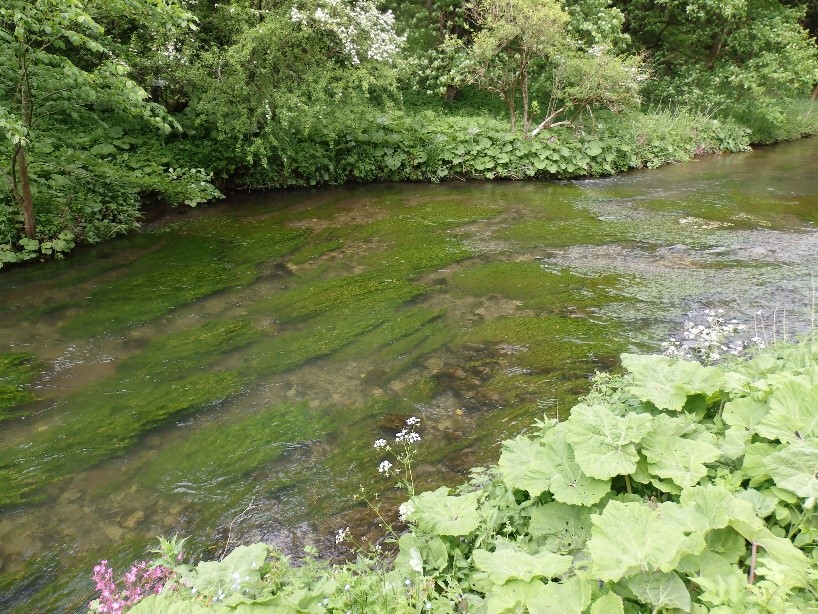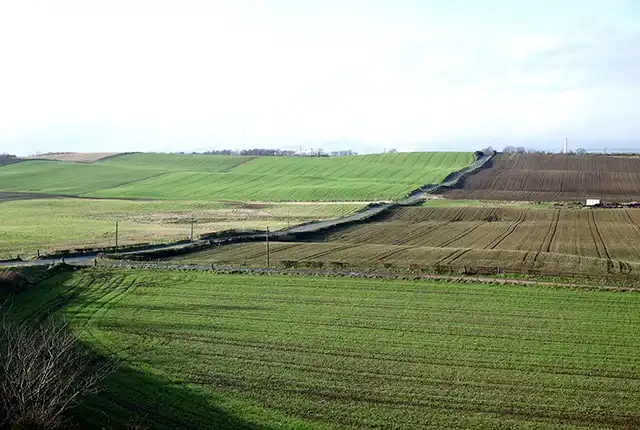Phosphorus (P) is often called a ‘legacy contaminant’ in river sediments, as it can affect water quality for a long time after it enters a river systems with the major sources being attached to soil particles or discharged from sewage treatment works. Its presence can have a large impact on whether ‘good ecological status’ can be achieved in rivers, as it is a key limiting nutrient for growth in fresh water. In excess, it can cause algal blooms and a loss of biodiversity.

Phosphorus lost from agriculture can be a major source of eutrophication in rivers, streams and lakes. BGS © UKRI.
Recent work has focused on the role of soils on the transfer of P to river sediments in the UK, with studies being undertaken on the River Nene and the River Thames. A new project is being initiated to examine the speciation of P in sediments from the rivers and estuaries feeding an area of Lake Victoria.
Contact
If you want to discover more then please contact Andy Tye.
You may also be interested in

Soils and landscapes
Understanding soil structure and soil and moisture dynamics in UK and African soils and the effects of increasing human populations, changing climates and the intensification in the use of our soils.



